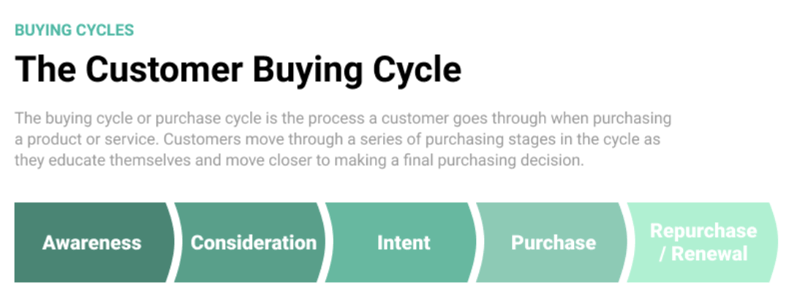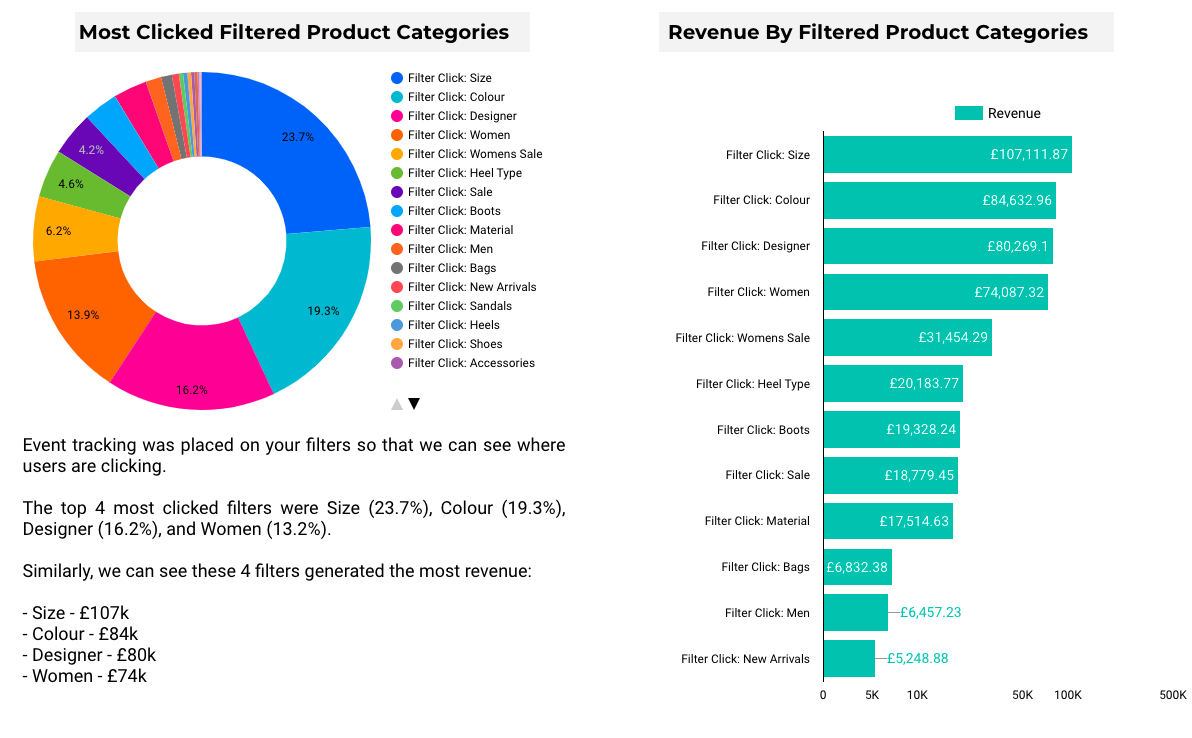When creating content, it is important to consider who will be reading what has been written, which means you need to write content for an audience and not a search engine. Understanding potential customers, their needs and what makes them convert to purchase can be a complex process.
Marketers must plan out many consideration points before they start to craft compelling copy to ensure it is effective, relatable and, most importantly, relevant to the consumer.
Business owners know that customers and their needs are complex. A one size fits all approach will ultimately limit your chances of cultivating an engaged customer base; this is important to consider when creating customer profiles.
When crafting customer profiles, many businesses will stick to a single source of demographic data. Whilst this can be fruitful for outlining a basic understanding, reliance on demographic data when creating customer profiles can be limiting.
What is demographic data?
Demographic data includes the concrete characteristics of your customers. This can include age, sex, income, education level, and job title. Digging for this data is easy enough with Google Analytics and can give you a baseline to work from regarding the users visiting your website.
How to find out demographic data about your customers on Google Analytics?
To find out demographic data, head to Audience > Demographics > Overview. Select a 3-month date range from here to ensure an accurate representation. You will be able to see the percentage split of users that come to your site by gender, as well as a breakdown of key age groups.

Many brands focus on these key metrics and base their whole marketing strategy to cater to the specifics of demographic data. When focusing on demographics solely, you can cut off a large portion of your potential customers.
Let’s break this down into an example. During an onboarding call, a merchant could tell you they have a specific target customer. “Our target customer is 73-year-old wealthy men who have been married twice and live in a castle.”
Hopefully, a merchant would never be as specific as this, but a specific customer would probably come to mind if you were to take this at face value. Following a demographic-heavy approach, you wouldn’t be blamed for creating a persona based on stereotypes.
If we look into this a little deeper and break this profile into tangible examples, two figures fit the client's demographic criteria, which are very different. King Charles & Ozzy Osbourne.

Illustrations by Visualsoft’s Creative Media department
Understanding the disparity between the two figures is important when crafting your tone of voice and reviewing your strategy.
But how do you break down the differences and understand the complexities and motivations of different strands of demographic data? First of all, you can start by using psychographic data.
Psychographic data
With psychographic data, you are searching for the intention and motivations behind the customer's purchase. These include insights such as the customer's pain points, what interests your consumer, and the things they value.
Customer Interests
Interest-based data for your users can be found easily through Google Analytics by heading to Audience > Interests > Overview. Remember to set a wide date range to get an accurate representation of your user's interests.

Here, you will find a list of key interests, such as “Sports/Soccer/Team Sports” to “Food & Drink/Cooking & Recipes”. The category designations included within the Audience Insights are the same that Google Ads uses.
Understanding these key interests is important when creating top-of-the-funnel awareness content. Finding a hook based on these interests can be a great way to create a content strategy that will interest your intended audience.
An example of this would be identifying wider content marketing angles to explore. As we can see from the data above, this merchant (a men’s fashion retailer) has an audience with an interest in ‘Sports & Fitness’. This opens an avenue for exploration, and we can start to identify topic pillars that overlap and combine the products and brands of the merchant with the interests of the users.
Customer motivations for purchasing

Customers have different motivations behind their purchasing behaviour, and figuring out what these are can be one of the most difficult parts of customer profiling. One way to figure out these motivations is by investigating which pain points your products solve for customers.
By reverse engineering, we can deduce why someone would purchase. Breaking the motivations down into pillars is the easiest way to plan and inform your content strategy.
Making a list of why users would buy your products can help you here.
Why would a user want to buy a new pair of trainers?
-
Performance - will they help with sports performance?
-
Comfort + Fit - is the customer looking for comfortable shoes?
-
Affordability - is price point a consideration factor?
-
Style + Exclusivity - will they be the only person to have these trainers?
When creating your content, you can tweak and craft your writing style to suit the motivation. For example, if you know that a customer will be purchasing based on exclusivity, you can draft copy with shorter sentences which include introspective questions and creates suspense.
Whereas, if you know that a customer is looking to purchase based on performance, answering queries in a Q&A format will be beneficial. This tactic will also help with SEO organic visibility as addressing queries in this format can help merchants gain a featured snippet with Google’s ‘People Also Asked’ feature and also help get a brand more active and visible within the ‘research’ phase. To understand the full scope of these queries and to mine into untapped content pillars, use Answer The Public, which delivers phrases and questions around your target keyword.
Behavioural purchasing insights using your existing data
To create a well-rounded customer profile and an accurate representation of your customer landscape, you need to tap into multiple data sources.
Utilising your existing customer data and mining rich insights from your email marketing database and CRO customer insights data will help you to understand customer purchasing habits.
Email preference form and dynamic polling
Preference form data from your email marketing team can be a great way to understand the purchasing behaviour of your customers. Preference forms are a great way to create an engaged database, and by carefully selecting your preference form questions, you can start to segment your full database into profiles.
The questions you choose to include within the form are important as this is an opportunity to understand the behaviours and intentions of your captured subscriber base.
With a preference form, you can ask subscribers whom they are purchasing for, if they are interested in sale or full-price products, the types of content they like to see and more, depending on your sector.

From here, you will be able to target and cater your content to these preferences and create a cross-channel approach to your strategy to ensure that you are fulfilling the customer’s needs and providing them with content and products that they will engage with.
Another useful data insight that our email marketing team can use to collect insightful data is dynamic polling. This allows you to ask any questions you like to your subscribers, who can then be segmented based on the answers they provide. This can help you understand your subscribers and, ultimately, your customers by asking them questions that will segment them into more specific buying personas. The sophisticated technology of Liveclicker allows our email marketing team to create this dynamic polling content as well as a range of other precise real-time conversion tactics.
An example of this would be showcasing various styles of bedrooms for children and asking what the customer wants to see more of. The email design would consist of 4 different styles; princess-themed, dinosaur-themed, a neutral-coloured design fit for newborns and teenager-styled decor. Based on the polling answer, you can then segment subscribers based on their style and deduce who they would be buying for. This will allow you to target subscribers with relevant products that they are more likely to purchase.
CRO customer insights
At Visualsoft, our CRO team sources a wide range of valuable insights that help with understanding your customers and creating profiles through demographic and quantitative insights.
Using these insights, we can target specific groups that will be the focus of surveys. Deploying surveys on product pages is a great way to gather insights from users on your site.
Similarly to email preference forms, your survey questions should give insight into customer behaviours. A key question you can ask here opens the conversation around purchasing motivation.
“What is your main reason for visiting this website today?” This question will give you a variety of responses so you can see what users want from your site. You can then input this information into a word cloud. A word cloud will show the most common results and words that have been inputted frequently will appear larger. This will give you a visual representation of the most common needs and allow you to understand what users want from your site. You can easily assess responses at a glance; allowing you to align the focus of your site based on the frequency of answers from users.
If the response includes ‘purchase’, ‘buy’ and ‘looking’, then you know that your customers are coming to purchase. Whereas, if the responses include words such as ‘inspiration’ and ‘guides’, you know that users are heading to your site because they think you are an authoritative voice. Understanding this allows you to identify your strengths and weaknesses in relation to output and should enable you to balance your strategy to improve on the areas you don’t currently fulfil.
If the general feedback of the responses shows that users are visiting to purchase, optimising the user experience becomes essential. CRO data helps us to further utilise the intended behaviours of users landing on your site.

Understanding how the user wants to find their products is a rich path that our CRO team tests at Visualsoft through event tracking on product filters. By doing this, you can get an insight into purchasing behaviours and understand how your users look for products on category pages. Event tracking will allow you to see which filters users are clicking on as well as the filters that are generating the most revenue. This is another data source that you can use, and when combined and cross-referenced with keyword search volumes, you will find a list of priority pages to optimise.
Another question that will help provide valuable insights into your survey is, “If you could change anything on this page, what do you have us do?”. This will allow you to understand the frustrations of your customers and will give you actionable insights that can be fixed or included within the strategy for future planning. For example, responses often indicate a lack of focus on guide content or video content, which can be added to your strategy.
Using a range of data points for customer profiling
It is important to consider all the data available when building customer profiling to ensure that you don’t limit your reach. A wide range of data sources will allow you to create customer personas and a curated content strategy that connects, inspires and ultimately converts.
